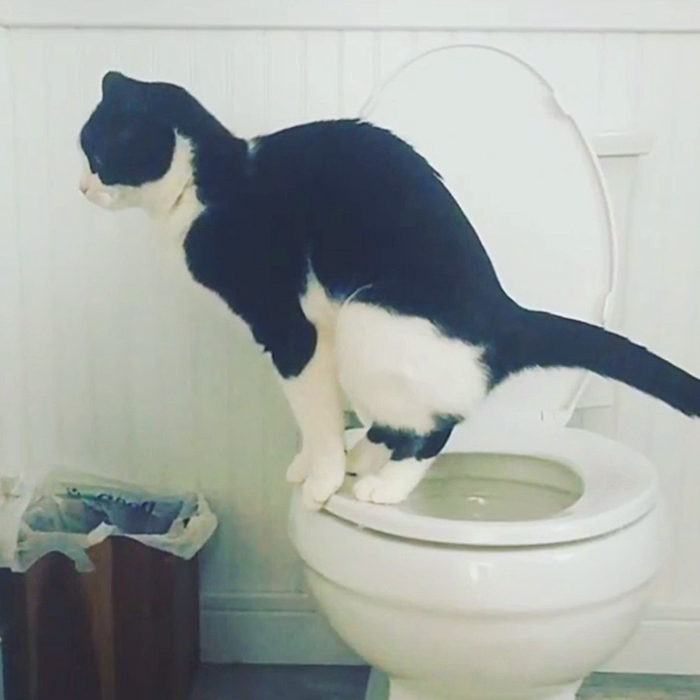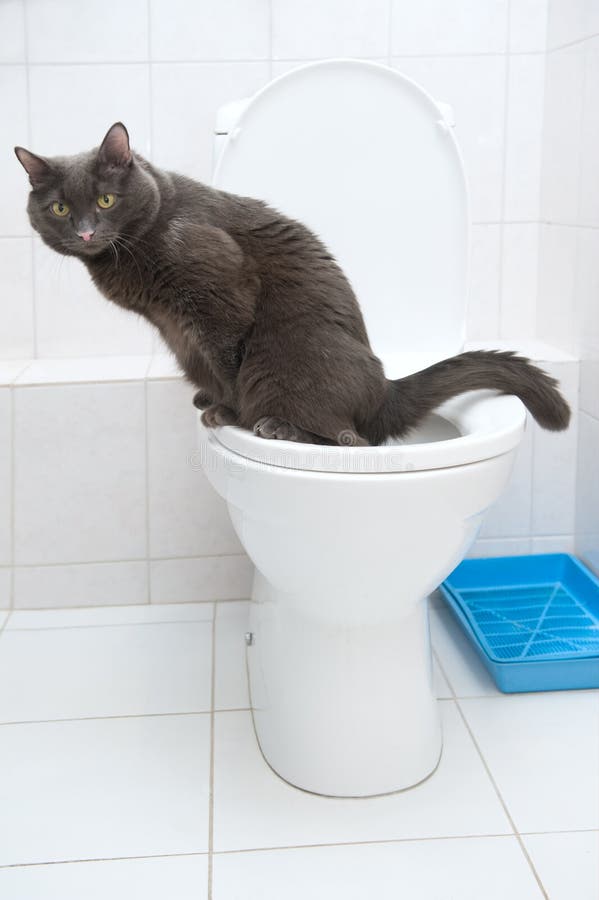The publisher is making a number of good points relating to Don’t flush cat feces down the toilet as a whole in this content in the next paragraphs.

Intro
As feline owners, it's important to bear in mind exactly how we dispose of our feline buddies' waste. While it may appear convenient to flush feline poop down the toilet, this technique can have damaging consequences for both the environment and human health and wellness.
Alternatives to Flushing
Luckily, there are more secure and much more responsible means to dispose of feline poop. Take into consideration the adhering to options:
1. Scoop and Dispose in Trash
The most typical method of getting rid of cat poop is to scoop it into a biodegradable bag and toss it in the garbage. Be sure to use a specialized clutter inside story and throw away the waste quickly.
2. Use Biodegradable Litter
Opt for eco-friendly feline trash made from materials such as corn or wheat. These clutters are eco-friendly and can be safely gotten rid of in the trash.
3. Hide in the Yard
If you have a yard, think about hiding feline waste in a designated area far from vegetable yards and water sources. Be sure to dig deep sufficient to avoid contamination of groundwater.
4. Mount a Pet Waste Disposal System
Buy a pet waste disposal system particularly made for feline waste. These systems use enzymes to break down the waste, decreasing smell and ecological impact.
Health Risks
Along with environmental worries, purging cat waste can additionally pose health and wellness risks to human beings. Feline feces might consist of Toxoplasma gondii, a parasite that can cause toxoplasmosis-- a potentially extreme illness, specifically for expectant females and people with weakened immune systems.
Ecological Impact
Purging pet cat poop introduces hazardous pathogens and bloodsuckers right into the water system, posing a considerable danger to marine ecosystems. These pollutants can adversely affect marine life and concession water top quality.
Verdict
Accountable animal possession expands past supplying food and shelter-- it likewise entails appropriate waste management. By avoiding purging feline poop down the bathroom and opting for alternative disposal methods, we can minimize our ecological footprint and secure human health and wellness.
Why Can’t I Flush Cat Poop?
It Spreads a Parasite
Cats are frequently infected with a parasite called toxoplasma gondii. The parasite causes an infection called toxoplasmosis. It is usually harmless to cats. The parasite only uses cat poop as a host for its eggs. Otherwise, the cat’s immune system usually keeps the infection at low enough levels to maintain its own health. But it does not stop the develop of eggs. These eggs are tiny and surprisingly tough. They may survive for a year before they begin to grow. But that’s the problem.
Our wastewater system is not designed to deal with toxoplasmosis eggs. Instead, most eggs will flush from your toilet into sewers and wastewater management plants. After the sewage is treated for many other harmful things in it, it is typically released into local rivers, lakes, or oceans. Here, the toxoplasmosis eggs can find new hosts, including starfish, crabs, otters, and many other wildlife. For many, this is a significant risk to their health. Toxoplasmosis can also end up infecting water sources that are important for agriculture, which means our deer, pigs, and sheep can get infected too.
Is There Risk to Humans?
There can be a risk to human life from flushing cat poop down the toilet. If you do so, the parasites from your cat’s poop can end up in shellfish, game animals, or livestock. If this meat is then served raw or undercooked, the people who eat it can get sick.
In fact, according to the CDC, 40 million people in the United States are infected with toxoplasma gondii. They get it from exposure to infected seafood, or from some kind of cat poop contamination, like drinking from a stream that is contaminated or touching anything that has come into contact with cat poop. That includes just cleaning a cat litter box.
Most people who get infected with these parasites will not develop any symptoms. However, for pregnant women or for those with compromised immune systems, the parasite can cause severe health problems.
How to Handle Cat Poop
The best way to handle cat poop is actually to clean the box more often. The eggs that the parasite sheds will not become active until one to five days after the cat poops. That means that if you clean daily, you’re much less likely to come into direct contact with infectious eggs.
That said, always dispose of cat poop in the garbage and not down the toilet. Wash your hands before and after you clean the litter box, and bring the bag of poop right outside to your garbage bins.
https://trenchlesssolutionsusa.com/why-cant-i-flush-cat-poop/

I'm just very curious about Can You Flush Cat Poop Down The Toilet? and I really hope you appreciated our blog post. Be sure to take the time to promote this entry if you appreciated it. Thanks a lot for your time invested reading it.
Or Book Technician Here






